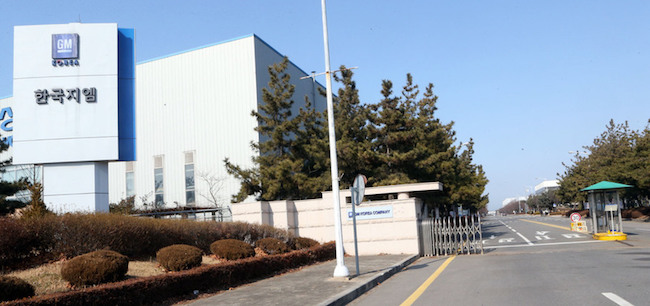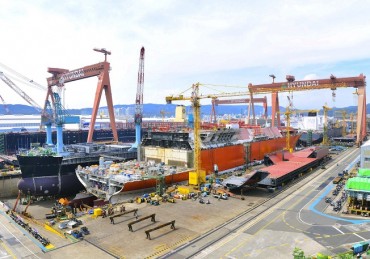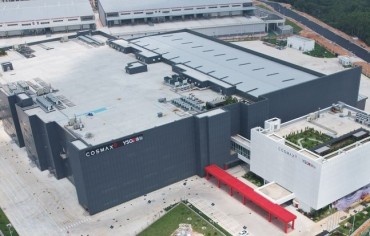
The current situation pertaining to GM Korea is reminding auto industry veterans of the struggles of SsangYong Motor a decade ago, except a similar result this time around promises to wreak greater harm on the national economy. (Image: Yonhap)
SEOUL, Feb. 19 (Korea Bizwire) — The current situation pertaining to GM Korea is reminding auto industry veterans of the struggles of SsangYong Motor a decade ago, except a similar result this time around promises to wreak greater harm on the national economy.
Once briefly owned by Daewoo Motors, SsangYong Motor was put on the market after the Asian Financial Crisis in 1997 overwhelmed South Korea’s former auto giant. Through out-of court debt restructuring in 1999, SsangYong stayed in self-sustained limbo before Shanghai Automotive Industry Corporation (now SAIC Motor Corporation Limited) bought a 48.9 percent stake for 590 billion won in 2004.
Despite the acquisition, SsangYong’s liquidity took a steep nosedive as sales suffered while economic conditions remained bleak. After SAIC’s requests to the South Korean government and the Korea Development Bank – the largest shareholders after SAIC – to provide assistance in 2008 were refused, SsangYong was turned over into receivership in January 2009.
Allegations of SUV technology theft and unfulfilled promises (one of them a failure to uphold yearly guarantees of a 300 billion won R&D budget) followed SAIC as it pulled out of South Korea just as it intimated in early negotiations with South Korean authorities.
With the heartbreak caused by a foreign investor still living in vivid memory, the auto industry has absorbed the opening salvo by GM Korea’s negotiations with anxiety and trepidation.

Once briefly owned by Daewoo Motors, SsangYong Motor was put on the market after the Asian Financial Crisis in 1997 overwhelmed South Korea’s former auto giant. (Image: Yonhap)
Like SsangYong, GM Korea is the offspring of Daewoo Motors, having applied for a corporate workout in 2000 before General Motors stepped in as parent.
Its fortunes improved, GM Korea seemed to have found its footing, until GM’s global strategy restructuring – which entailed pulling out of major markets in Europe, Russia and India as well as the selling off of subsidiary auto manufacturer Opel – triggered in 2013 began to weigh down the South Korean subsidiary’s ascent.
Like SAIC, General Motors has approached the government and Korea Development Bank for assistance, with the suggestion of a complete pullout looming in the background.
General Motors has come under fire for a number of failures and wrongdoings, including allegations of failing to fund R&D budgets yet channeling the benefits generated by the subsidiary to the parent company, complaints reminiscent of the ones lodged against SAIC previously.
Experts have said that GM Korea’s exit from the peninsula will prove to be a bigger blow to the national economy than SAIC’s departure, since General Motors is a “mammoth firm” whose exit could impact the livelihoods of 300,000 auto industry workers, a scale that cannot compare to SsangYong Motor.
An expert on the auto industry, professor Kim Pil-su of Daelim University College said, “The nation’s economic growth rate will drop by 0.5 percent should there be a complete pullout, many times that of the prior situation with SsangYong Motor.”
While the government is believed to be more open to the idea of providing assistance, it is so far expecting the lead shareholder to inject new funds into GM Korea first, a position it previously maintained when facing off against SAIC in 2008.
S.B.W. (sbw266@koreabizwire.com)
*Editor’s Note: This article previously stated that General Motors had 300,000 employees. The article has been modified.






